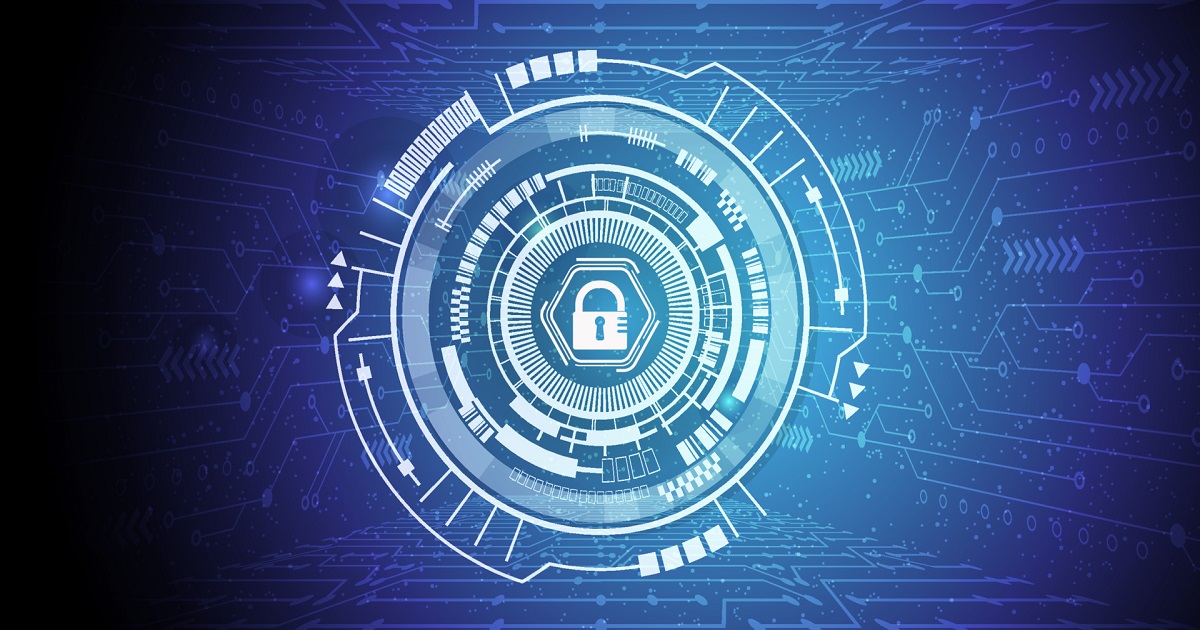Tag: security

Sicherheitscheck – Wie sicher sind Deep Learning Systeme?
In einer immer stärker digitalisierten Welt haben Neuronale Netze und Deep Learning eine immer wichtigere Rolle eingenommen und viele Bereiche unseres Alltags in vielerlei Hinsicht bereichert. Von Sprachmodellen über autonome Fahrzeuge bis hin zur Bilderkennung/-generierung, haben Deep Learning Systeme eine erstaunliche Fähigkeit zur Lösung komplexer Aufgaben gezeigt. Die Anwendungsmöglichkeiten zeigen scheinbar keine Grenzen. Doch während…
Sicherheit und Langlebigkeit der Global-Tech-Player
Bei der Frage danach, wie sicher unsere Anwendungen sind, sind Threat Analysis und Threat Modelling bewährte Methoden. Dabei wird klar, dass alle Angriffe aus einem Ziel, den Mitteln und dem Motiv bestehen. Ziele können von der internen IT und Security versteckt und vermindert werden. Die Mittel zum Angriff sind heutzutage quasi unbegrenzt und wenn überhaupt…

Security Knockout: How Capcom’s Street Fighter 5 punched a hole in Intel’s security system
Games are usually built in order to optimize performance, not security. Nevertheless, they can be responsible for security vulnerabilities as well. This article shows how anti-cheat software, cheaters themselves and finally also game developers can cause harm to users systems.
Wie sicher ist das biometrische Verfahren der Gesichtserkennung und wie sicher bleibt es in Zukunft?
Überblick Die Verwendung von biometrischen Verfahren wie der Gesichtserkennung zur Identifizierung von Personen und damit als Sicherheitskonzept hat in den letzten Jahrzehnten deutlich zugenommen. Nicht nur fast jedes Smartphone funktioniert mittlerweile mit Fingerabdrucksensoren oder Gesichtserkennung, sondern auch Zutrittskontrollanlagen oder sogar mobile Banking-Apps verwenden diese Art der Authentifizierung und Identifizierung. Doch wie genau funktionieren diese System…
Security Strategies and Best Practices for Microservices Architecture
Microservices architectures seem to be the new trend in the approach to application development. However, one should always keep in mind that microservices architectures are always closely associated with a specific environment: Companies want to develop faster and faster, but resources are also becoming more limited, so they now want to use multiple languages and approaches.…

Why It’s So Easy to Hack Your Smart Home
Every day, new smart home accessories go online for the first time to join the Internet of Things. Many of them enjoy the unwarranted trust of their owners.
Supply Chain Attacks – Die Lieferkette schlägt zurück
ein Artikel von Verena Eichinger, Amelie Kassner und Elisa Zeller Nach SolarWinds schafft es eine neue Schlagzeile aus der IT-Welt in den Massenmedien ihre Kreise zu ziehen. Über 500 Supermärkte in Schweden mussten wegen eines Cyberangriffs schließen. Wie bereits bei SolarWinds handelt es sich auch hier um eine Supply Chain Attack (SCA). Mittlerweile fällt dieser…
Zero Trust Security – The further development of perimeter security?
Most companies use perimeter security to secure their cooperate applications, services and data from attackers and unauthorised users. This approach includes a cooperate network, where clients, that are part of the network are able to access the applications. This includes attackers that got access to these networks.Additionally more applications are getting shifted from cooperate networks…
Sicherheitssysteme in der Raumfahrt
Disclaimer Die heutige Raumfahrt oder auch allgemein Raumfahrt ist ein sehr komplexes und vielschichtiges Thema. Nicht grundlos werden umgangssprachlich schwierige Themen als “Raketenwissenschaften” bezeichnet. Dieser Artikel möchte nicht die Raumfahrt in ihrer Gänze beschreiben sondern nur einen sehr kleinen Teil im Bereich der Sicherheit beleuchten. Hierfür wurden sich vor allem auf den Start einer Rakete…
Behind the scenes of modern operating systems — Security through isolation (Part 1)
In recent years, since the Internet has become available to almost anyone, application and runtime security is important more than ever. Be it an (unknown) application you download and run from the Internet or some server application you expose to the Internet, it’s almost certainly a bad idea to run apps without any security restrictions…
